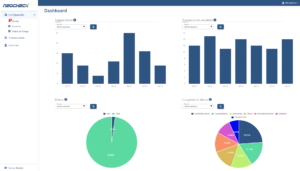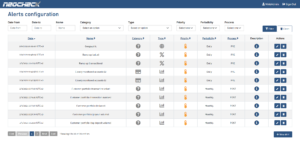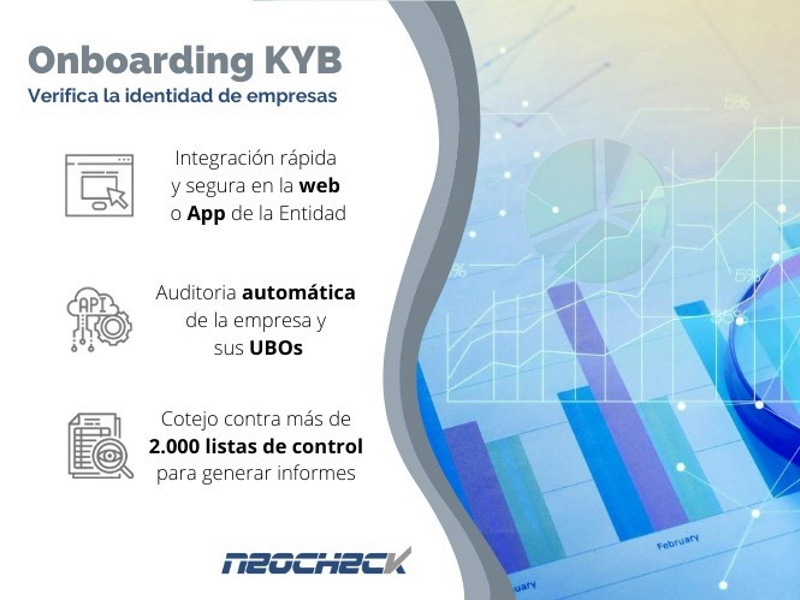Everything that an obligated subject needs to know and apply


What is Transaction Monitoring?
Transaction Monitoring software is used in the fight against money laundering (AML) allowing banks and other financial entities to manage the risk of their clients’ operations in real time. By combining this information with analysis of historical information and account profile, the software can provide financial institutions with deviation from expected activity. In addition, you can generate reports and create suspicious activity alerts. These transactions may include cash deposits and withdrawals, wire transfers, and ACH activity.
Our suite includes access to information regarding sanctions lists, politically exposed persons and adverse media .
How does it work?
- Identification of suspicious behaviors , at the entity and end customer level.
- Increased automation: Minimize unnecessary alerts by tailoring scenarios to customer or transaction risk and focusing on regulatory priorities.
- Increased efficiency over time: Allows rules to be adjusted without technical support.
- Trusted by regulators and banking partners: a “tried and tested” system with a clear audit trail of follow-up and investigations.
- Fast, easy, and secure: Easy-to-integrate REST API and batch file upload functionality.
Risk-based approach
To apply this type of approach, countries and institutions must take appropriate steps to identify and assess money laundering and terrorist financing (AML/CFT) risks for different market segments, intermediaries and products on an ongoing basis. The FATF, the global financial organization that establishes standards related to these procedures, recognizes the following factors as determining the adequate scope of the controls to be established:
- The nature, scale and complexity of a financial institution’s business.
- The diversity of a financial institution’s operations, including geographic diversity.
- The profile of the client, product and activity of the financial institution.
- The distribution channels used.
- The volume and size of transactions.
- The degree of risk associated with each area of the financial institution’s operation.
- The extent to which the financial institution is dealing directly with the customer or is dealing through intermediaries, third parties, correspondents or remote access.


